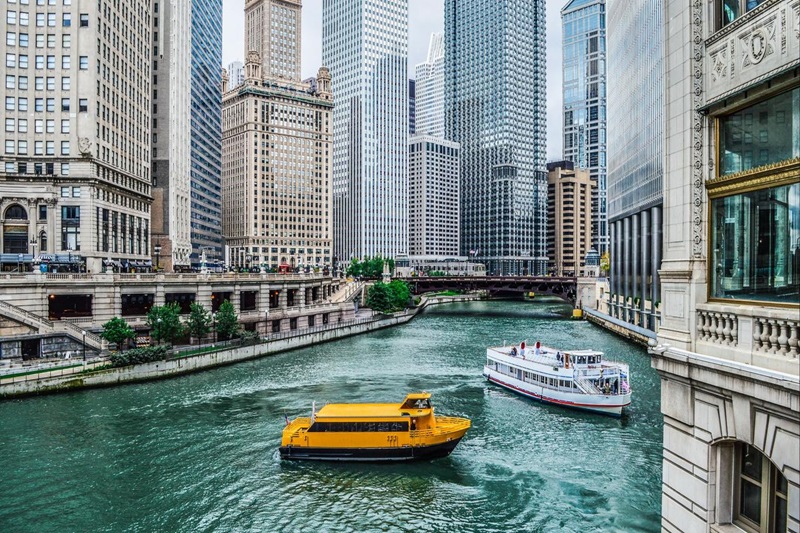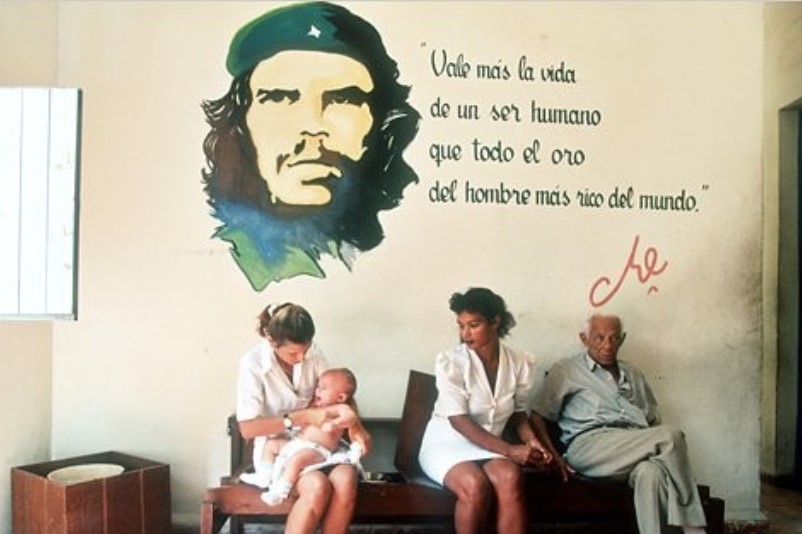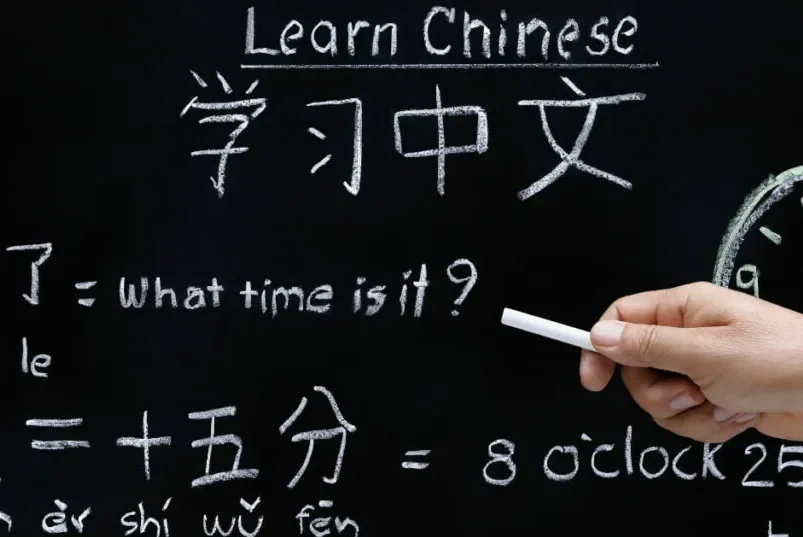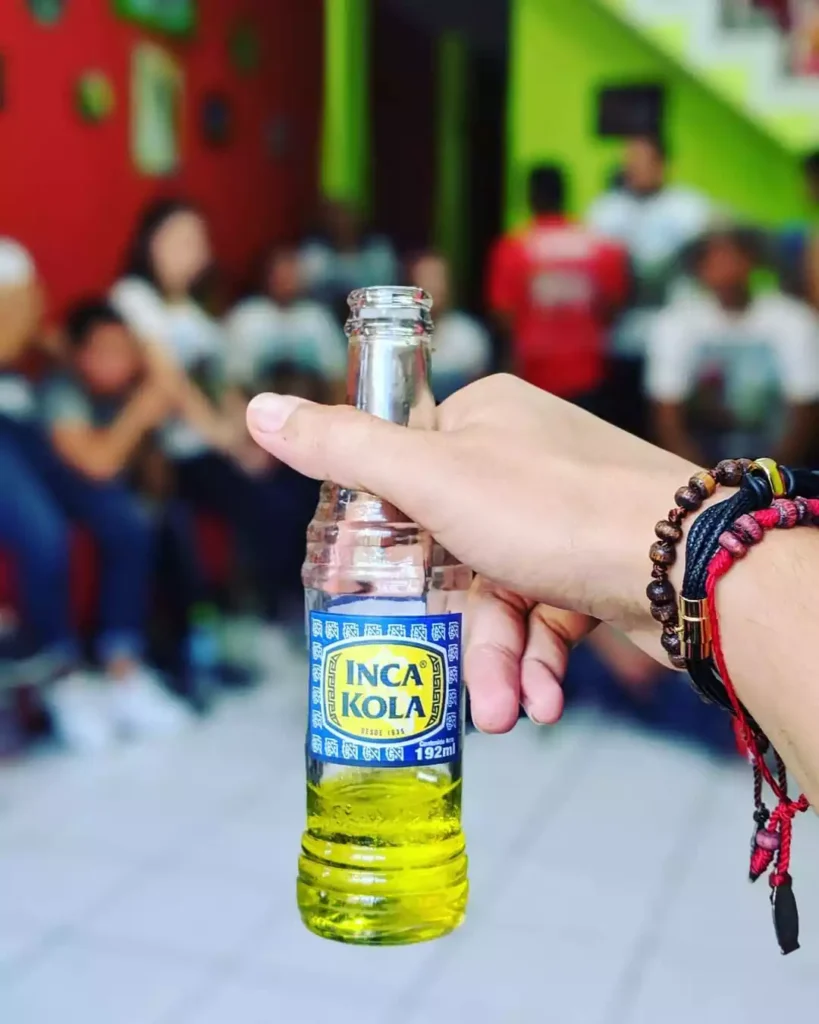Islam in Mexico: Understanding Its Presence and Influence
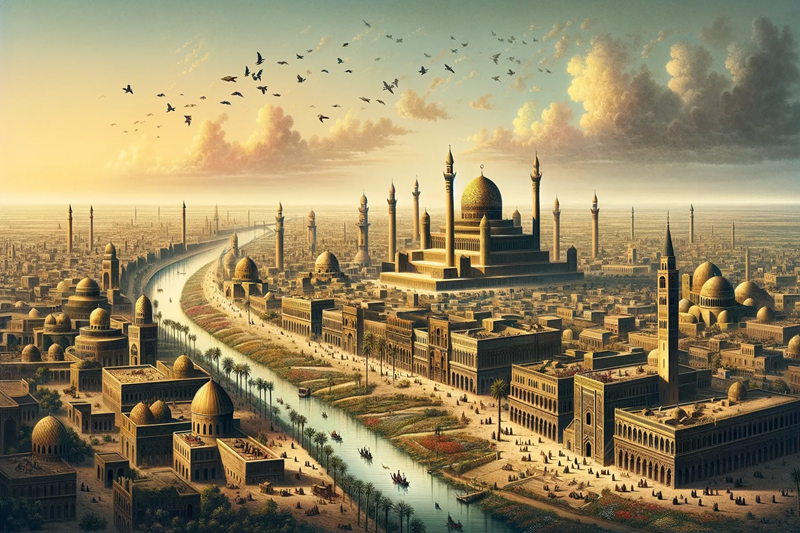
Mexico is a country with religious freedom, so it is not surprising that there is religious diversity. That is why we are going to talk about Islam in Mexico, a minority community with a variety of aspects such as Sufis, Sunnis and Shiites.
Islam in Mexico has been present for many years and in the last few years it has been constituted mainly by immigrants coming from European, African, Asian, United States and South American countries and their children, who were born in the Latin American country.
However, the presence of Islam in Mexico dates back to the Porfirian era, specifically to the end of the 19th century, beginning of the 20th century, when the Latin American country offered an open policy towards investment and migration.
Currently the community of Islam in Mexico form study circles with the objective of analyzing the Koran (their holy book); these scriptures preach that Jesus was the one sent by Allah (God in Islam) who preceded the prophet Mohammed, who they believe to be the greatest prophet that has ever walked the earth.
Here’s everything you need to know about: Discovering Tacos de Canasta Mexico: Tradition, History, and Delicious Recipes
Historical background of Islam in Mexico
When talking about Islam in Mexico, the first thing we must emphasize is that it is a historical, religious and cultural community that in the last decades has stood out due to its alternative lifestyle to the one established in the Mexican culture with western Christianity.
The reality is that Islam in Mexico has more time than many believe and its early presence dates back to the times of the Spanish conquest and its antecedent is the Christian-European invasion of Al-Andalus, which was consummated with the taking of Granada in the year 1492.
During that time, the Catholic kings, upon taking control of the territory that made up the Iberian Peninsula, proceeded to persecute people who did not profess their religion, including Muslims, and destroyed Islamic books and other heritage that formed an important part of the religion. In view of this, many Muslims decided to travel to the discovered continent, in order to continue professing their religion with discretion, since in America certain religious restrictions were already being imposed by the Spanish conquerors.
Porfiriato Period
The first registered migrants to the country came from countries such as Turkey, Syria, Lebanon and Palestine, as they wished to escape the persecutions and religious repression of the Ottoman Empire. It is important to mention that the largest number of migrants from the eastern zones were Christians and a smaller number were Muslims.
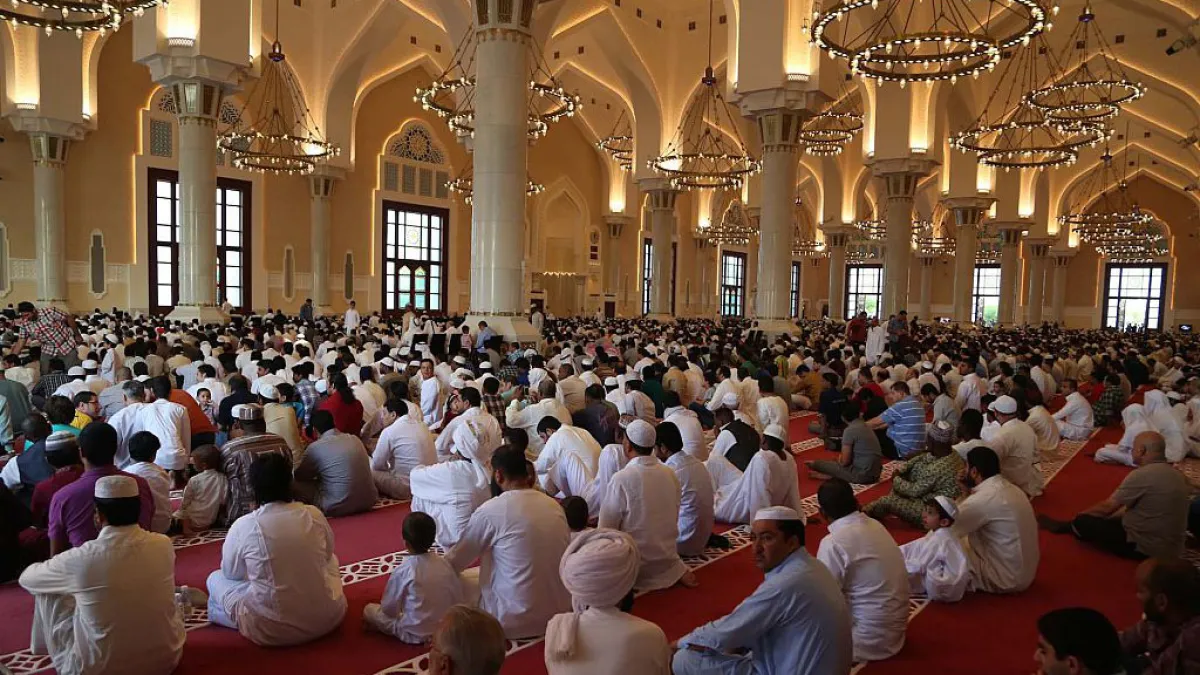
In view of this, it is important to mention that during the Porfiriato period, an open policy towards investments and migration, mainly European, was dictated. Islam in Mexico was established mainly in the cities that offered greater economic development such as Mexico City, Yucatan, Nuevo Leon, Veracruz, Puebla, Isthmus of Tehuantepec and Coahuila.
Here’s everything you need to know about: Discovering Garnacha Mexico: The Ultimate Guide to Street Food Delights
Islam in Mexico in the 20th and 19th centuries
Islam in Mexico expanded even more in the 20th century, more specifically in the second half of the 20th century, when the first communities of Islam in Mexico began to form. Among the communities of Islam in Mexico, the Tzotzil Muslim community stands out, which originated in Chiapas right after the Zapatista uprising in 1994.
It is also worth mentioning that in the 20th century, specifically in 1995, the Islamic Cultural Center of Mexico was built, which had the objective of grouping immigrants and Mexican Muslims. This is one of the most important centers of Islam in Mexico and after its construction the massive proselytism of Islam in Mexico began, through book fairs and homilies in universities.
In the 20th century, the Muslim community in Mexico also published a magazine called Islam en tu idioma (Islam in your language), in addition to this, they proceeded to conduct interviews on radio and television in order to connect with Muslims throughout the country and in turn expand their beliefs.
Thanks to the constant movements of recognition and expansion of the center, other communities were established in Monterrey, Guadalajara, Veracruz, San Cristobal de las Casas Leon and Morelia, with the intention of obtaining materials that will promote the education of the Islamic religion from other countries published in Spanish.
It is important to mention that the center had its first offices in Colonia del Valle, later in Polanco and then back to Colonia del Valle, to finally move to Tequesquitengo. Who was in charge of an office was Dawa Amigo, near the UNAM, the objective of establishing this office in the area was to get followers of Islam in Mexico, so informative courses of the religion were held and Arabic classes were given.
On the other hand, the Dar as Salam mosque, located in Tequesquitengo, began its religious activities in 2003, and also offered informative courses on Islam and Arabic classes.
The Centro Educativo de la Comunidad Musulmana started as a civil association in 2000 with the objective of bringing together Mexican immigrants and converts who are in Mexico City, they also perform Friday prayers, teach Arabic classes and are open to the public so that not only Muslims can learn about the teachings of Islam.
It is also worth mentioning that in 2003, due to ideological differences, some members of the board of directors of the Islamic Cultural Center of Mexico took another path and founded the Islamic Organization of Mexico, establishing themselves first in the Jardín Balbuena neighborhood and then moving constantly for economic reasons until they settled in the Santa María La Ribera neighborhood. However, some of its members have distanced themselves from the association because they consider that it does not comply with the path of the Koran.
Here’s everything you need to know about marachis: Exploring Mexico Mariachi Bands: History, Culture, and Impact
Muslim demographics in Mexico
According to Inegi, by the year 2020 in Mexico there were approximately 7,982 Muslims, who are mainly settled in the areas of greater economic development, such as Mexico City, Monterrey, Tijuana, Chiapas and Guadalajara, before this, it is important to highlight that Islam in Mexico has established roots in a territory where a few years ago its population was not visible.
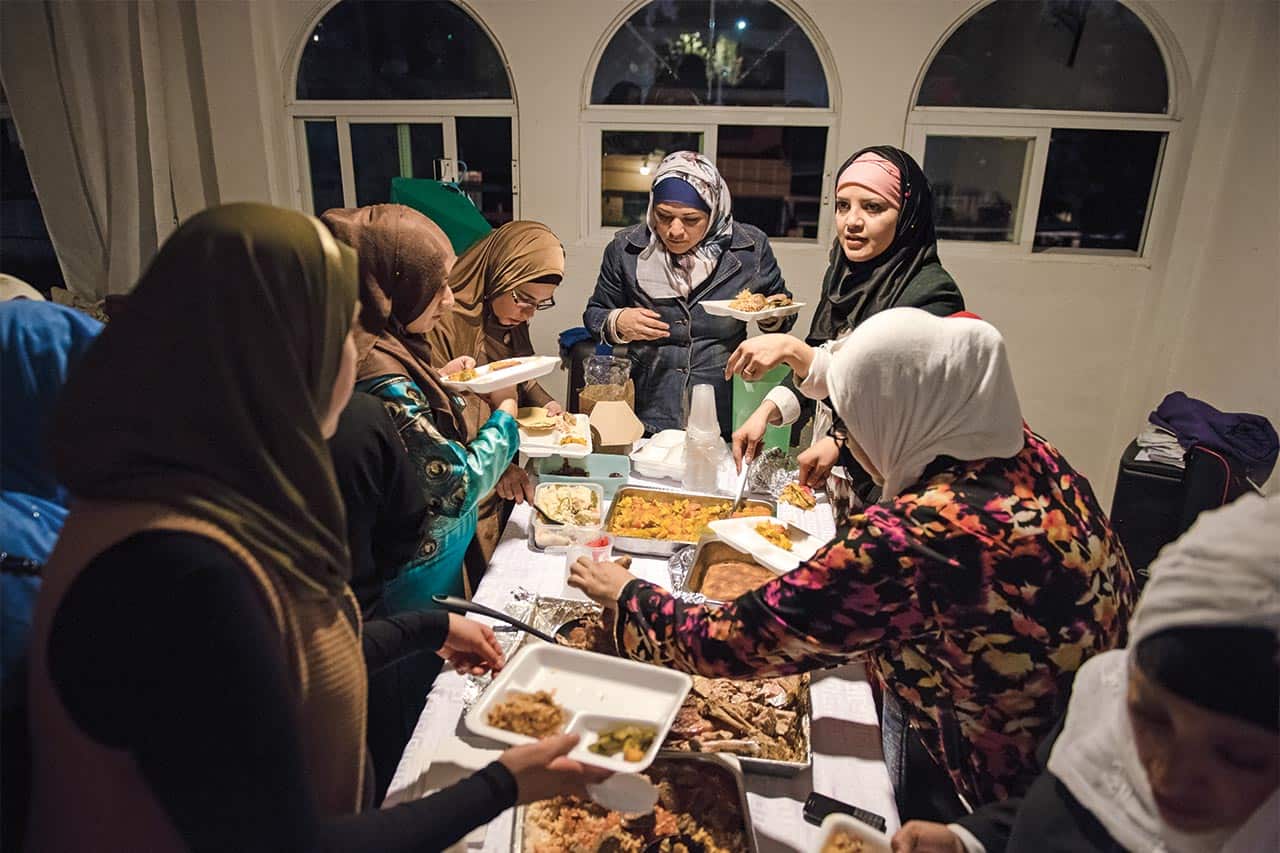
It is important to mention that the majority branches of Islam in Mexico are Sunni and Shiite. It should also be noted that in recent years Mexico has received immigrants from the Middle East and Afghanistan fleeing the constant wars in their countries, so they bring with them the Koran and their devotion to Allah.
Likewise, it should be mentioned that 80% of Muslims in Mexico are in Mexico City and the surrounding area, and in Chiapas there are currently a thousand believers of the Koran and four mosques.
Cultural Integration of Muslims in Mexico
The Muslim community in Mexico is a perfect example of the multicultural reality of the Aztec territory. Unlike the majority of Mexicans, Muslim migrants and children of migrants born in Mexico have a different religious perception of God and Jesus Christ.
The Islamic religious community has six pillars of faith, among these are the history and culture of Muslim Mexicanity, that there is only one God, the belief in angels, the revealed books, the prophets, the day of judgment and the divine decree.
In addition to this, Muslims in Mexico have five practical pillars, which are the testimony of faith, prayer, charity, fasting in Ramadan and the pilgrimage to Mecca.
Here’s everything you need to know about: Dr Simi Mexico : The Icon of Affordable Healthcare in Mexico
Therefore, the Muslim identity in Mexico is considered a cultural and religious community that is constituted by the union of Islamic and Mexican cultural elements. This can be seen in the use of the veil for women and the restriction of uncovering the torso to the knees in the case of men; interculturality can also be seen in the linguistic practices of Muslims in the country as they incorporate Arabic terms and prayers into Spanish.
This interculturality can also be seen in the eating habits of Muslims, since as a Muslim you cannot consume pork or alcohol.
In view of all this, it must be emphasized that the main challenge faced by Muslims in Mexico is the vindication of their identity in a society that has certain prejudices in relation to Muslim culture due to the complicated concept that the West has of the practitioners of this religion.
Places of worship of Islam in Mexico
For Muslims, mosques are of great importance because this is the place where believers in the Koran can gather to pray to Allah, here we will tell you about the most important places of worship of Islam in Mexico:
- Suraya Mosque, the first mosque formed in Mexico, is located in Torreon, Coahuila.
- Dar as Salam Mosque, in this mosque the Yumu’ah is performed as well as some events such as religious and educational seminars, it is located in Tequesquitengo, Morelos.
- Al Islam Mosque, this mosque stands out because it is the site of the Yumu’ah, celebrations and educational events. In this mosque the iftar is performed for those who fast during Ramadan and some people from the United States attend its festivities; it is located in Rosarito, Baja California.
Islam in Chipas
In Chiapas, Islam has developed in a unique way. Approximately 300 indigenous Chamulas, who are divided into four different communities, dedicate their lives to the Muslim tradition, celebrating Islamic festivities and giving thanks to Allah in Arabic.
These communities usually speak in their own language, Tzotzil, sometimes Spanish, and on occasion (especially when speaking about God) they express themselves in Arabic. Before this, it is important to mention that the Chamulas are characterized by having religious practices related to pre-Hispanic, Catholic and evangelical traditions, however, since approximately 25 years ago, after the uprising of the Zapatista Army of National Liberation, Islam has entered some of the members of the indigenous community.
It should also be noted that the indigenous people expelled from San Juan Chamula caused the Muslim community in the area to grow, especially in the northeast of San Cristóbal until the year 2000, when the ruptures with the MMM began. There is also the Ahmadiyya community, who are not considered Muslims by traditional Islamists because they believe that the promised messiah was the Indian Hazrat Mirza Ghulam Ahmad of Wadian and that Jesus died in Kashmir.
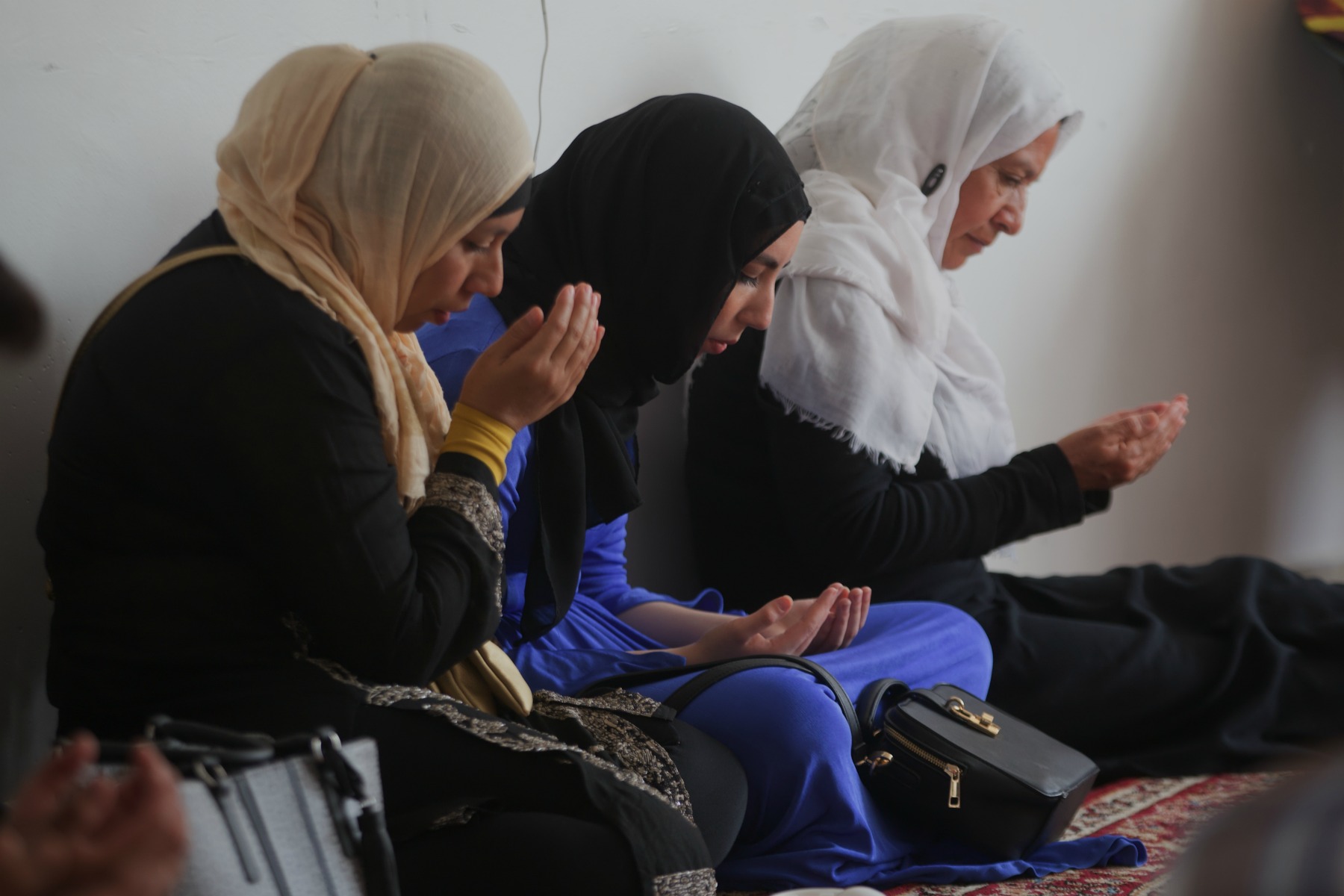
Muslim migrants and refugees in Mexico
Islam in Mexico has increased and every year more and more Muslim migrants arrive to Mexico, mainly from countries such as Syria, Palestine and Afghanistan, who disagree with the extremism in the Middle East, but remain committed to their faith in Islam.
It should be noted that the Muslim population currently entering the Aztec country is mostly formed by traditional rural groups in their countries of origin, therefore their traditions are perpetuated in Mexico. However, more than half of the Muslims entering the country are recognized as students, so they are exempt from any economic activity.
Now that you know a little more about Islam in Mexico, tell us do you know about the teachings of the Koran?
Learn all about: The Rise and Fall of Taco Bell in Mexico: An In-Depth Analysis


